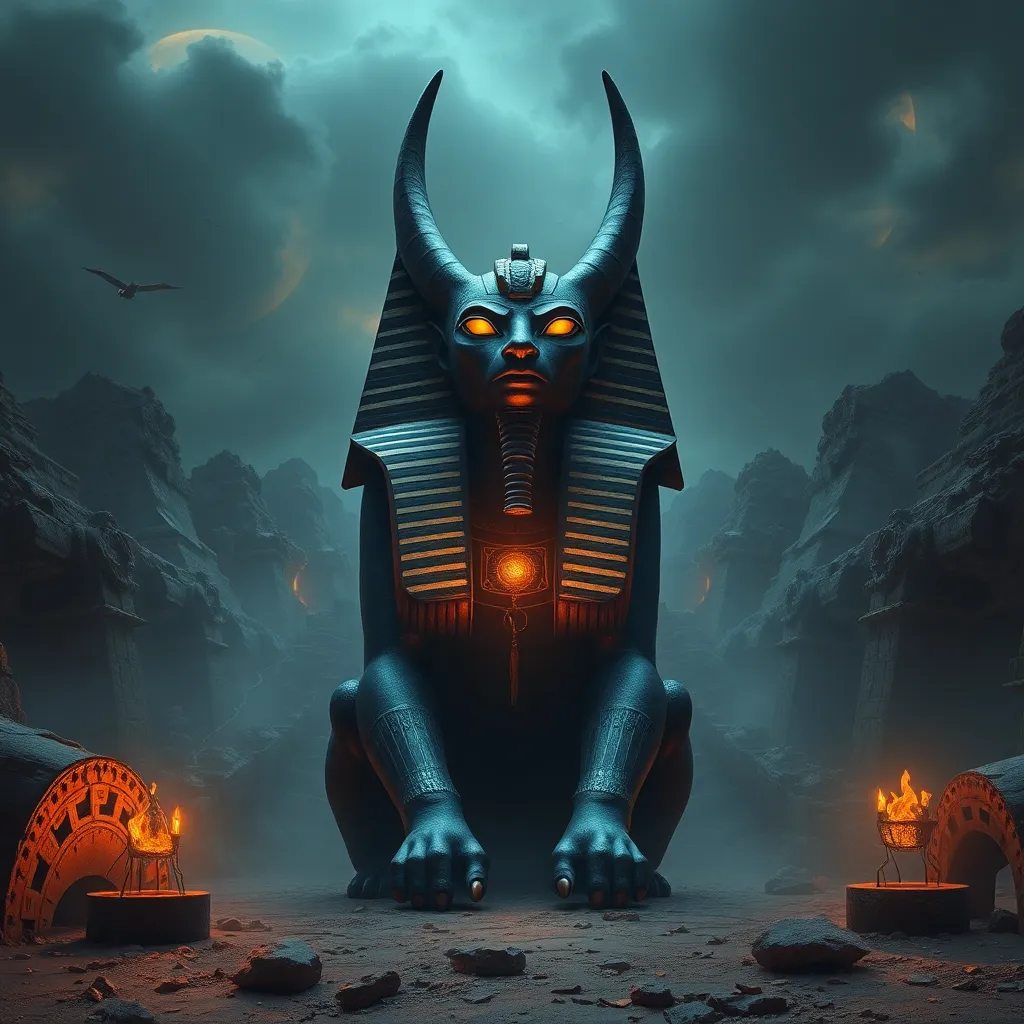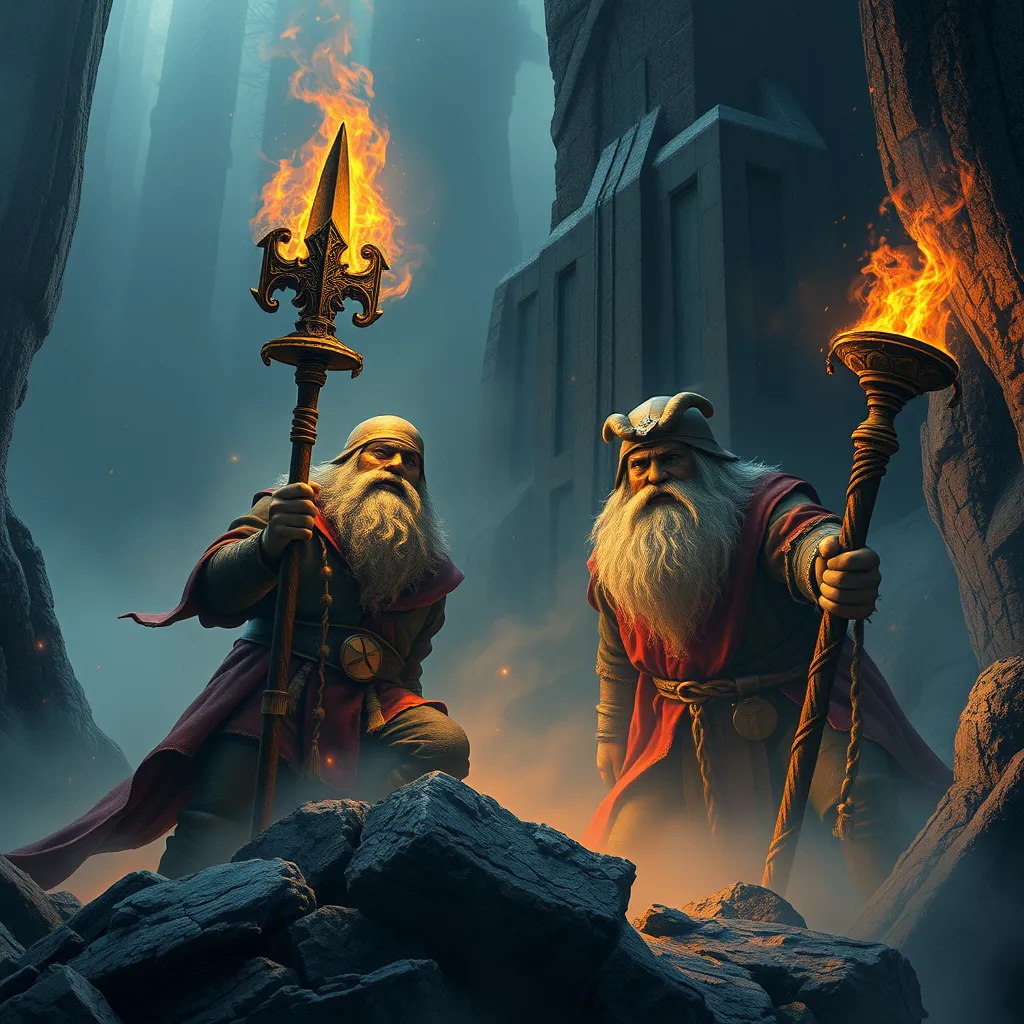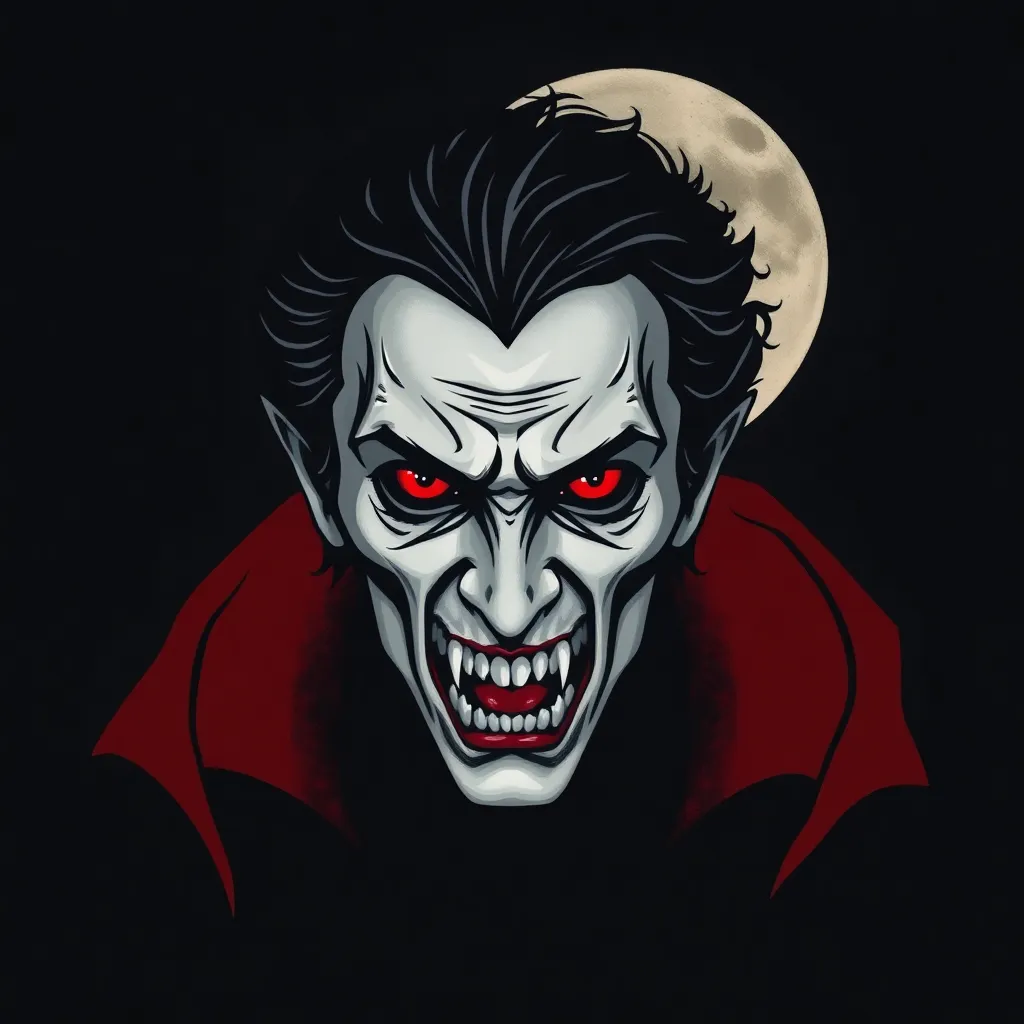The Soaring Symbolism: Dragon Riders Across Cultures
Throughout history, the image of a rider soaring through the sky atop a mighty dragon has captivated the human imagination. Legends of dragon riders have emerged in diverse cultures across the globe, from the ancient civilizations of East Asia to the medieval kingdoms of Europe. These tales weave together a tapestry of myths, beliefs, and symbolism that reflect the enduring power of the dragon and the rider’s connection to the celestial realm.
Dragon riders are more than just figures in stories. They embody the aspirations, fears, and beliefs of the societies that created them. The rider, perched atop the dragon, often represents a warrior, a king, or a divine being possessing extraordinary power and authority. Their presence in mythology speaks to the human desire to transcend limitations, conquer the unknown, and connect with the forces that govern the natural world.
By exploring the myths of dragon riders, we gain insight into the cultural and historical contexts in which these legends arose. Their symbolism reveals how societies viewed power, destiny, and the relationship between humanity and the divine. These tales offer a window into the shared human fascination with the sky, the power of flight, and the mysteries that lie beyond our earthly realm.
Guardians of the Skies: The Mythological Significance of Dragons
Dragons, the majestic creatures often associated with dragon riders, hold a prominent position in mythology across the globe. These serpentine beings, often depicted with scales, wings, and fiery breath, embody both awe and fear, representing the raw power and unpredictability of nature.
In many cultures, dragons are seen as guardians of ancient wisdom, protectors of hidden treasures, and embodiments of the forces of creation and destruction. Their presence in mythology often reflects societal beliefs about the natural world, the elements, and the cyclical nature of life and death. For example, in Chinese mythology, the dragon is a symbol of good fortune, representing the power of the heavens, while in European folklore, dragons are often depicted as menacing creatures guarding hoards of gold and challenging heroes.
The mythical significance of dragons lies in their complex symbolism and their ability to evoke strong emotions. They are powerful, unpredictable, and often associated with the celestial realm, a domain that has always fascinated and intimidated humans. This connection to the skies, combined with their awe-inspiring presence, makes dragons the perfect companions for dragon riders, who often embody the ideals of power, strength, and celestial dominion.
From Warrior to Deity: The Role of Dragon Riders in Ancient Mythology
In ancient myths, dragon riders often represent the epitome of power and authority. They are figures who command respect, fear, and awe, embodying the ideals of their respective societies.
In some cultures, dragon riders are portrayed as warrior heroes, wielding the power of the dragon to defend their people or conquer enemies. For example, in Celtic mythology, the legendary hero King Arthur is said to have ridden a dragon, symbolizing his strength and courage as a leader. Similarly, in Norse mythology, the god Thor is depicted riding a chariot drawn by two goats who are said to possess the power of dragons.
In other mythologies, dragon riders take on a more divine role. They are seen as intermediaries between humanity and the celestial realm, bringing messages, bestowing blessings, or dispensing justice. For instance, in Chinese mythology, the Jade Emperor, the highest deity in the Taoist pantheon, is often depicted riding a dragon, representing his supreme power and dominion over the heavens.
The evolving role of dragon riders in mythology reflects the changing social and religious beliefs of different cultures. In many cases, the dragon rider symbolizes the human aspiration to achieve power, control, and a connection to the celestial realm.
The Rise and Fall of Dragon Riders: A Historical Perspective
The presence of dragon riders in mythology is not limited to any one time period or geographical location. The image of a rider soaring through the sky atop a dragon has resonated across cultures and civilizations, appearing in ancient texts, cave paintings, and folk tales from around the world.
The earliest depictions of dragon riders can be traced back to ancient Mesopotamia, where winged dragons, often associated with deities, are portrayed riding on chariots. In ancient Egypt, the goddess Isis, known for her healing powers, is often depicted riding a winged serpent, a symbol of rebirth and transformation.
The prominence of dragon riders in mythology reached a peak during the medieval period, particularly in European lore. The image of a knight, clad in shining armor and wielding a lance, riding a dragon, became a powerful symbol of chivalry, courage, and the fight against evil.
The decline of dragon riders in modern mythology is likely due to a shift in cultural beliefs and the rise of scientific rationalism. With the advent of modern technology, the idea of flight became less mysterious, and dragons, once perceived as powerful beings, were increasingly seen as mythical creatures.
Despite their diminished presence in modern mythology, the image of the dragon rider continues to hold a powerful allure in modern art, literature, and fantasy fiction, serving as a reminder of the enduring power of mythology to inspire and captivate.
The Dragon Rider as a Symbol of Power and Authority
The dragon rider, as a symbol, transcends its literal representation as a person riding a dragon. It encapsulates a deeper meaning: the desire for power, control, and the ability to transcend earthly limitations.
In many mythologies, the dragon rider is a ruler, a warrior, or a divine being. Their association with the dragon, a creature often linked to the sky, the celestial realm, and the elements, gives them a formidable presence and undeniable authority. For example, in East Asian mythology, the Dragon King, often portrayed as a majestic figure riding a dragon, embodies the power of nature and the control over the elements.
The dragon rider’s power extends not only through physical strength but also through their connection to the divine. In some mythologies, the dragon rider acts as a conduit between the human world and the celestial realm, representing the ultimate power to influence the forces that govern nature and destiny.
The symbol of the dragon rider has often been used by societies to represent their ideals of leadership, strength, and the desire to control the forces that shape their world. Whether seen as a mythical hero, a celestial deity, or a powerful ruler, the dragon rider remains a powerful symbol of human ambition and the quest for mastery over the forces that govern our existence.
Dragon Riders in Eastern Mythology: The Guardians of Celestial Realms
In the rich tapestry of Eastern mythology, dragon riders often represent divine beings, embodying celestial power and wisdom. These mythical figures are deeply intertwined with the natural world, especially with the skies and the elements.
In Chinese mythology, the Dragon King, a powerful deity, rules the seas and controls the rain. He is frequently depicted riding a dragon, showcasing his formidable authority over the natural forces. The Dragon King is often depicted with a benevolent demeanor, bringing prosperity and good fortune, serving as a powerful symbol of nature’s balance and harmony.
In Japanese mythology, the dragon god, Ryūjin, is the ruler of the sea, controlling the tides and storms. He is often portrayed riding a dragon, showcasing his powerful connection to the heavens and the earth. Ryūjin is known for his wisdom and his ability to communicate with humans, providing guidance and protection.
The presence of dragon riders in Eastern mythology signifies the deep respect and reverence for nature and the forces that govern it. In these cultures, dragons are seen as wise and powerful creatures, worthy of admiration and respect, embodying the harmony and balance of the natural world.
Dragon Riders in Western Mythology: The Knights of the Skies
In Western mythology, dragon riders are often portrayed as valiant warriors, representing courage, strength, and the fight against evil. These figures, often knights clad in shining armor, ride their dragons into battle, facing formidable foes and protecting the realm from darkness.
In European folklore, the image of a knight riding a dragon became a powerful symbol of chivalry and heroism. These knights are often seen as protectors of the innocent, battling against dragons and other monstrous creatures that threaten the peace of the kingdom.
The legendary King Arthur, often depicted riding a dragon, embodies the ideals of chivalry and strength. His association with the dragon reinforces his role as a protector of justice and a defender of the realm.
In Norse mythology, the god Thor, the god of thunder, is often depicted riding a chariot drawn by goats who possess the power of dragons. These goats, representing the strength of the storm, pull Thor through the heavens, demonstrating his power and dominion over the elements.
The prevalence of dragon riders in Western mythology reflects the values of courage, strength, and the fight against evil. These figures represent the ideals of chivalry and the human drive to overcome adversity and protect the innocent.
Theories on the Origins of Dragon Rider Mythologies: Symbolic Representations of Nature
The enduring presence of dragon riders across cultures suggests a deeper connection to human experiences and beliefs. Scholars have proposed theories about the origins of these myths, often linking them to the human fascination with the sky, the natural world, and the power of flight.
One theory suggests that dragon riders represent a symbolic representation of nature’s power. Dragons, often depicted as powerful, awe-inspiring creatures, represent the forces of nature, while the rider, often portrayed as a warrior or a deity, embodies human ambition and control.
Another theory proposes that dragon riders originated from early observations of birds of prey soaring through the sky. These birds, often seen as powerful hunters, may have inspired the image of a warrior riding a winged creature, symbolizing strength and dominance.
The connection to the sky and the elements, often represented by the dragon, may also be linked to the human desire to transcend earthly limitations and reach the celestial realm. This desire, manifested in the image of the dragon rider, speaks to the human fascination with the unknown and the quest for knowledge and power.
Regardless of their exact origins, dragon rider myths offer a glimpse into the human psyche, revealing our enduring fascination with nature, our desire for power and mastery, and our longing for connection to the celestial realm.
The Dragon Rider: A Reflection of Human Ambition and the Quest for Power
Dragon riders, in their diverse forms across cultures, embody the human desire for power, control, and the ability to transcend earthly limitations. The symbolism of the dragon, a creature often associated with the sky, the elements, and the divine, represents the ultimate force of nature, while the rider embodies the human ambition to harness this power.
The dragon rider, often depicted as a warrior, a king, or a deity, holds a prominent position in mythology, symbolizing the human drive for mastery and dominion over the forces that govern the world. These figures represent the ultimate aspiration to harness the power of nature, conquer the unknown, and reach the celestial realm, a domain that has always fascinated and intimidated humankind.
The enduring presence of dragon riders across cultures reflects the universal human desire for power and the quest for control over the forces that shape our existence. Whether seen as a mythical hero, a celestial deity, or a powerful ruler, the dragon rider remains a powerful symbol of human ambition and our fascination with the mysteries of the universe.
Dragon Riders in Modern Media: The Enduring Legacy of Myth
While dragon riders may not feature prominently in modern mythology, their presence in modern media remains strong, captivating audiences across various forms of entertainment. Their enduring legacy speaks to the power of myth and the human fascination with these powerful creatures.
In fantasy fiction and movies, dragon riders often take on roles as heroes, warriors, or even villains, their presence adding a sense of wonder and excitement to the narrative. The image of a dragon rider soaring through the sky, often depicted using CGI technology, evokes a sense of awe and adventure, captivating audiences and reminding them of the enduring power of myth.
Video games and fantasy role-playing games also feature dragon riders prominently. Players often choose to play as dragon riders, experiencing the thrill of controlling these powerful creatures and exploring the fantastical worlds they inhabit.
The enduring presence of dragon riders in modern media highlights the power of myth to transcend time and culture. The image of a warrior riding a dragon continues to capture the human imagination, reminding us of our fascination with the unknown, our desire for power, and our enduring connection to the celestial realm.
FAQ
**Q: Why are dragons often associated with riders?**
**A:** Dragons are often depicted as powerful, majestic creatures, symbolizing the forces of nature, the sky, and the elements. Their connection to the celestial realm makes them the perfect companions for riders, who often represent human ambition, power, and the desire to transcend earthly limitations.
**Q: Are dragon riders always benevolent figures?**
**A:** Dragon riders can be portrayed as both benevolent and menacing figures, depending on the culture and the story. Some myths depict them as protectors of the realm, while others portray them as powerful conquerors seeking dominion over the world.
**Q: What is the significance of dragon riders in different cultures?**
**A:** Dragon riders often embody the ideals and values of their respective societies. In Eastern mythology, they often represent divine beings with wisdom and power, while in Western mythology, they embody courage, chivalry, and the fight against evil.
**Q: How have dragon riders been portrayed in modern media?**
**A:** Dragon riders continue to capture the imagination of modern audiences, appearing in fantasy fiction, movies, video games, and role-playing games. They often serve as heroes, warriors, or even villains, adding a sense of wonder and excitement to the narrative.
**Q: What makes dragon riders so enduring in storytelling?**
**A:** Dragon riders represent the human fascination with the sky, the desire for mastery over nature, and the quest for power and control. Their association with dragons, powerful creatures often linked to the celestial realm, makes them both fascinating and awe-inspiring figures, resonating with audiences across cultures and generations.



